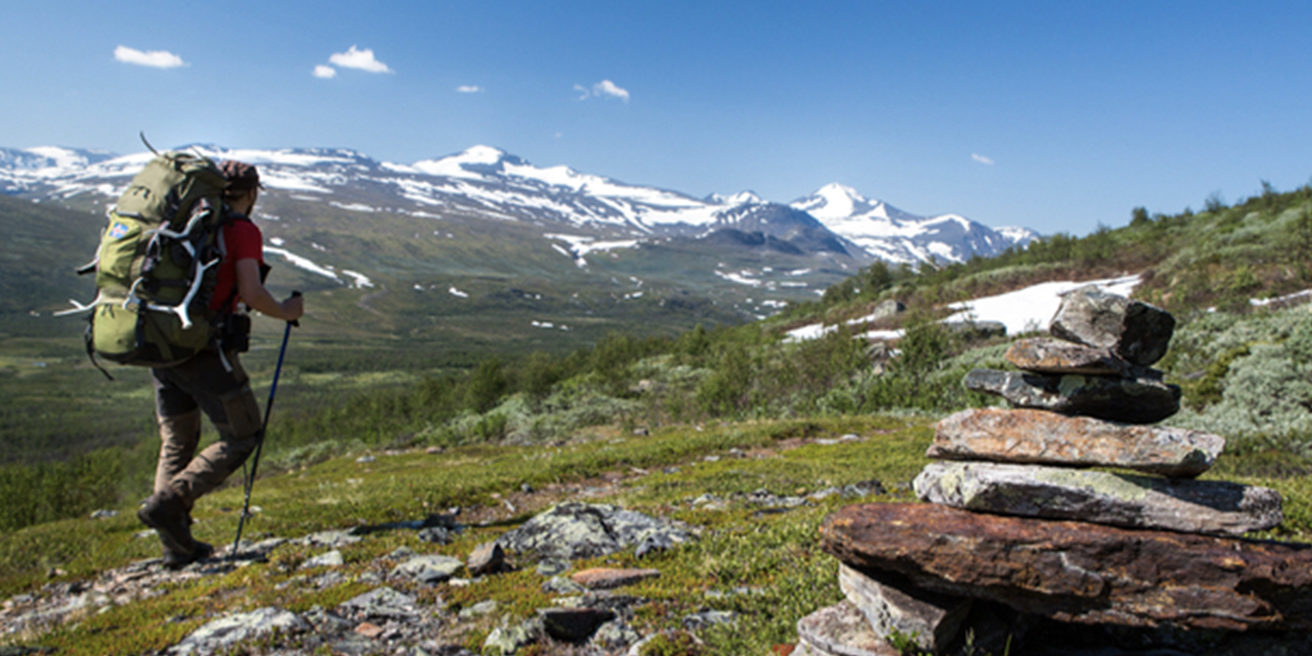A spike in traffic at national parks means more people are discovering the benefits of being in nature. They’re unplugging from their gadgets and electronics to go camping, hiking, kayaking, and fishing.
While this is a good thing, more park visitors also emphasize the need for national park services to educate the public about what it means to be responsible during their visits. It involves everything from respecting nature and not leaving any trash or waste behind, including human waste.
When human waste in the wilderness is not managed, the result is a culmination of problems that include environmental pollution and health hazards. Let’s not forget the odor and visual nuisance. No one wants to go camping or trekking in the great outdoors and smell the stench of urine or poop. And they certainly don’t want to see human feces or used toilet paper on the trail.
More Parks, if not all, have adopted the “leave no trace” movement for these reasons
Why You Should “Pack It Out” When You Visit a National Park
The Leave No Trace (LNT) Center for Outdoor Ethics is a non-profit organization that exists to educate people about their recreational impact on the environment and what they can do to minimize them. One of the seven LNT principles is to dispose of waste properly.
As natural as taking a squat anywhere in the woods may feel, human waste can take a year to biodegrade and could potentially contaminate nearby water sources. It means that poop you leave exposed in the woods could still be there if you return to the same spot a few months later.
Because human waste has become such a problem, national park services now require campers and river parties to carry out their human waste. Guides instruct their clients to pack and carry out their waste until they reach a proper disposal area.
There was a time when park personnel gave visitors waste management options and techniques such as plastic bags or containers. Some have even suggested digging catholes. However, these solutions are not sanitary or potentially impact the environment.
Regular plastic bags are flimsy and can be easily punctured, spilling its contents. As for catholes, there are specific guidelines on where you can dig them; not everyone may have the patience to follow these requirements.
Why Waste Bags?
In the absence of a bathroom, our RS2 waste bags offer a simple solution. Our Waste Bags utilize ‘Waste Alleviation and Gelling’ technology to make sure your pee and poop remains odorless while in the bag. These easy-to-use waste management bags allow you to conceal and dispose of your bodily waste. Rather than pee or poop behind a bush and cause harm to nature, you can open a Waste Bags, do your business, and seal the bag shut.
Thanks to the product’s polymers and enzymes, your waste instantly turns into a gel. As long as you seal the bag properly, the contents of the bag will not spill or leak out. The polymers and enzymes also have anti-odor properties; you won’t think about what’s inside your Waste Bag once it’s been cinched and sealed. Waste Bags are also puncture-resistant and durable enough to roll up and store away after use.
Whether you’re hiking, camping, fishing, or kayaking in our national parks, Restop Waste Bags will save the day when you feel the need to relieve yourself. They can be disposed of in any trash receptacle, causing no harm to the natural environment!



